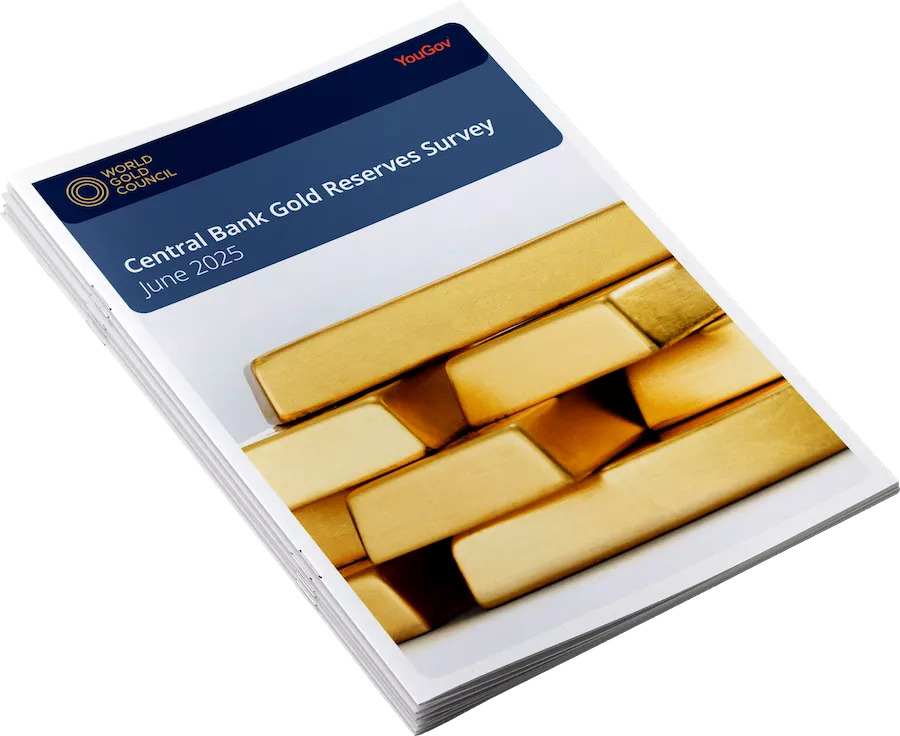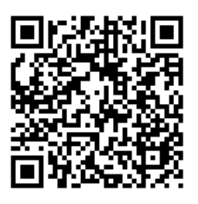
Beginning in 2018, the World Gold Council has collaborated with YouGov to conduct an annual global survey of central banks. This survey focuses on central banks’ perspectives on gold, as well as all aspects of how gold fits into their reserves management. The findings from these surveys enable us to get greater insight into central banks’ thinking around gold, both as a snapshot and over time.
Participation is voluntary, but these findings provide a detailed and representative view of attitudes towards gold amongst central banks. Individual responses are anonymous, with YouGov presenting them both in aggregate and segmented by advanced and Emerging Market and Developing Economy (EMDE) countries, as defined by the IMF.
All editions of Central Bank Gold Reserves Survey
Central Bank Gold Reserves Survey 2025
Our 2025 Central Bank Gold Reserves survey helps us shine a light on the continued importance of gold reserve management in these challenging times. This year set a new benchmark, drawing in 73 responses – the highest since our survey commenced eight years ago. This level of participation is a powerful signal of engagement with gold amongst the central banking community.
2024 Central Bank Gold Reserves Survey
An increasingly complex geopolitical and financial environment is making gold reserves management more relevant than ever. In 2023, central banks added 1,037 tonnes of gold – the second highest annual purchase in history – following a record high of 1,082 tonnes in 2022.
2023 Central Bank Gold Reserves Survey
Following a historical high level of central bank gold buying, gold continues to be viewed favourably by central banks. Our 2023 survey revealed that 24% of central banks intend to increase their holding reserves in the next 12 months.
2022 Central bank gold reserves survey
Gold continues to be viewed favourably by central banks as a reserve asset. 25% of respondents say they have plans to increase their gold reserves, up from 21% last year.
2021 Central Bank gold reserves survey
Central banks continue to be positive on gold, with roughly the same number of central banks expected to buy gold compared to last year.
2020 Central bank gold reserves survey
The number of central banks buying gold is expected to increase substantially this year. According to the 2020 Central Bank Gold Reserves (CBGR) survey, 20% of central banks intend to increase their gold reserves over the next 12 months, compared to just 8% of respondents in the 2019 survey.
2019 Central Bank Gold Reserves Survey
The 2019 Central Bank Gold Reserves (CBGR) survey points to continued robust central bank demand for gold in the short and medium term. 11% of emerging market and developing economy (EMDE) central banks surveyed say they intend to increase their gold reserves over the next 12 months.
2018 Central Bank Gold Reserves Survey
In 2018, the World Gold Council, in cooperation with YouGov, surveyed 22 central banks to better understand how they manage their gold reserves. Of the central banks surveyed, 18 held gold as part of their reserves.
Latest research
Looking for insight and analysis on gold? Our team of experts produce market-leading research and macroeconomic commentary on gold.
